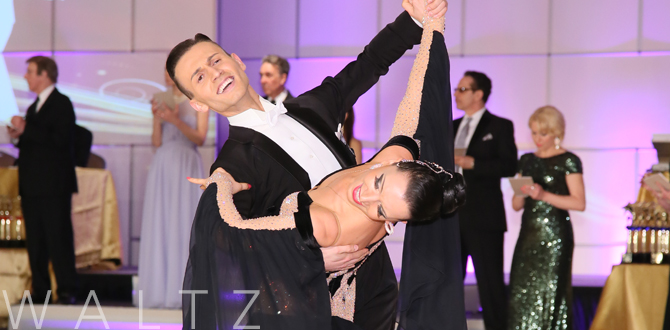For centuries, the waltz has captivated audiences and dancers with its graceful turns and elegant flow. Far from just a dance for lavish ballrooms, the waltz has a rich and surprisingly controversial history that has evolved into a global phenomenon.
The scandalous origin of a timeless classic
The origins of the waltz lie not in the royal courts but in the rustic folk dances of 18th-century Germany and Austria. Derived from the German word “walzen,” meaning “to roll, turn, or glide,” the dance broke all the rules of polite society. Before the waltz, partnered dancing featured little to no physical contact. The sight of a man and woman in a close, constant embrace, spinning and twirling together, was deemed scandalous and immoral by the upper class.
Yet, its daring nature only made it more popular. By the 19th century, the waltz had conquered the very ballrooms that once shunned it, becoming a symbol of romance and sophistication.
The many faces of the waltz
Over the years, the waltz has spun into a variety of styles, each with its own unique flair and tempo:
- Viennese Waltz: The original, fast-paced ballroom waltz, known for its thrilling, continuous rotations and “oom-pah-pah” rhythm. Famous composers like Johann Strauss II, known as the “Waltz King,” brought this style to worldwide fame.
- Slow (or English) Waltz: Developed in the 20th century, this style slows down the tempo significantly, emphasizing elegant, flowing movements, and a deliberate “rise and fall” action.
- American Style Waltz: Offering more freedom, this style incorporates open dance positions and allows for more expressive, theatrical movements.
- Country Western Waltz: Found in folk and country traditions, this version has a relaxed, grounded feel and often incorporates open positions.
Iconic waltzes you need to know
The enduring charm of the waltz is inseparable from its music, a form defined by a distinctive 3/4 time signature. Some of the most famous compositions include:
- “The Blue Danube” by Johann Strauss II
- “Waltz of the Flowers” from Tchaikovsky’s The Nutcracker
- “Minute Waltz” by Frédéric Chopin
- “Moon River” from Breakfast at Tiffany’s
- “Waltz No. 2” from Shostakovich’s Suite for Variety Orchestra
Why learn to waltz?
Learning to waltz is more than just memorizing steps; it’s about connecting with a partner, moving with elegance, and feeling the music. For beginners, the journey often starts with the basic box step, a six-count pattern that can be mastered with some practice.
From there, you can explore turns, rises and falls, and open movements. Whether for a special event like a wedding or simply for the joy of it, waltzing is an accessible dance that builds confidence and provides a graceful outlet for expression.
Come visit us at Fred Astaire Sarasota: Visit one of our fun waltz group classes or take a private dance lesson today
The waltz reminds us that some traditions are worth holding on to. Its journey from a forbidden peasant dance to a symbol of high society is a testament to its enduring romantic appeal. So put on your favorite tune, find a partner, and get ready to glide across the floor.


